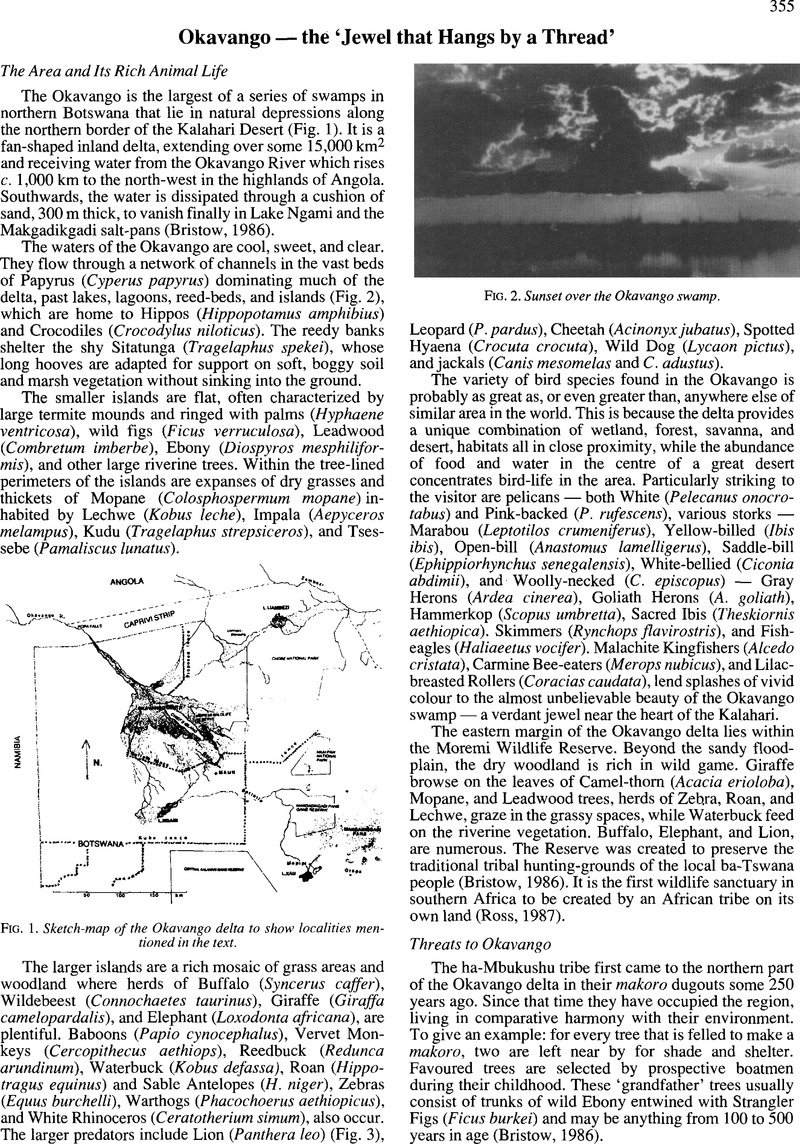Crossref Citations
This article has been cited by the following publications. This list is generated based on data provided by Crossref.
Ali, Saleem H.
1999.
Water Scarcity and Institutional Reform in Southern Africa.
Water International,
Vol. 24,
Issue. 2,
p.
116.
Mfundisi, Kelebogile B.
2008.
Overview of an integrated management plan for the Okavango Delta Ramsar Site, Botswana.
Wetlands,
Vol. 28,
Issue. 2,
p.
538.





